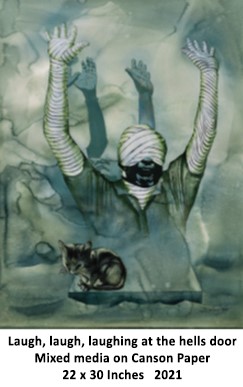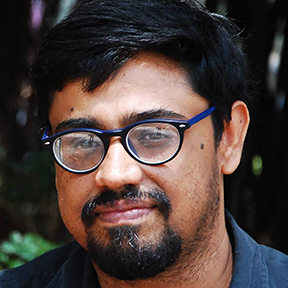
শিল্প ও শিল্পী
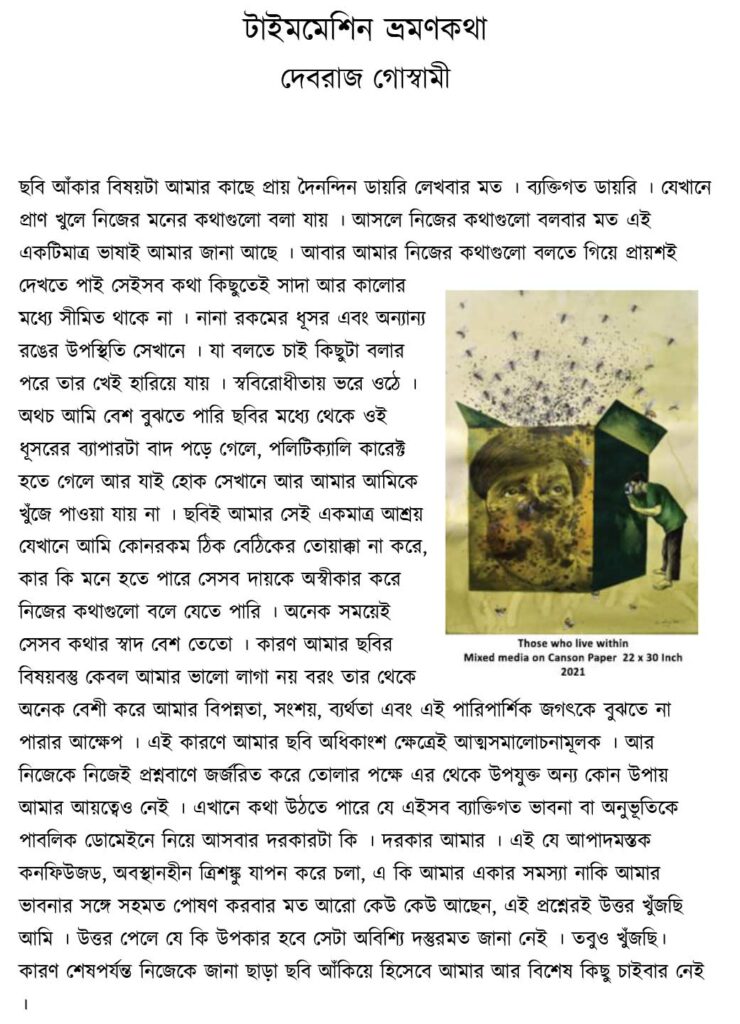
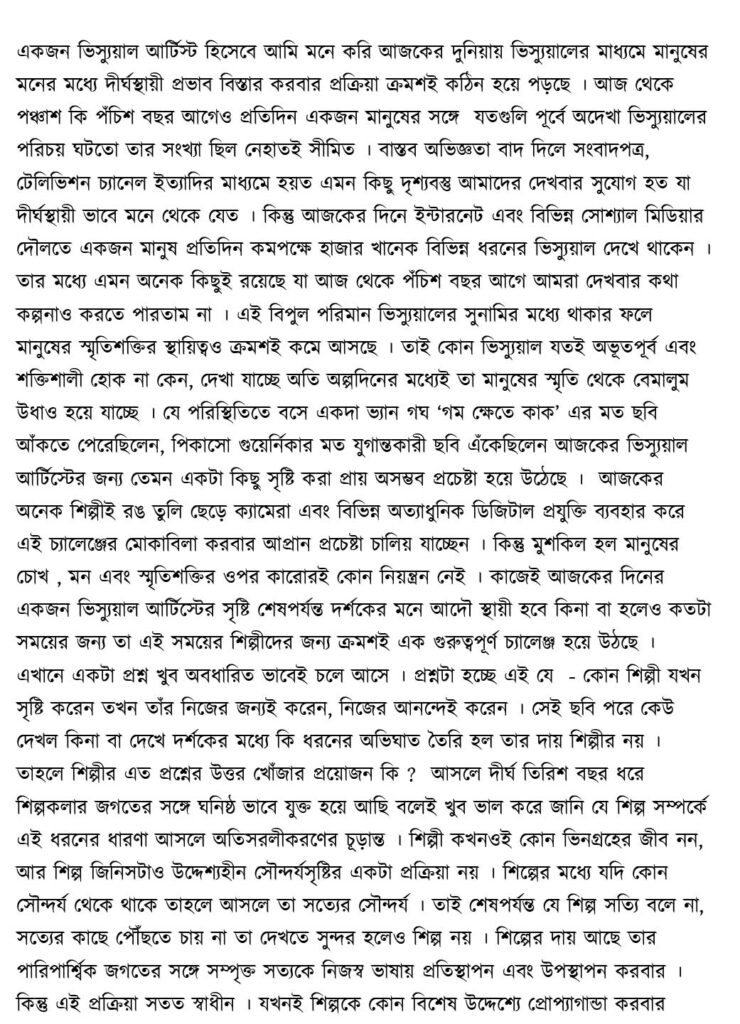
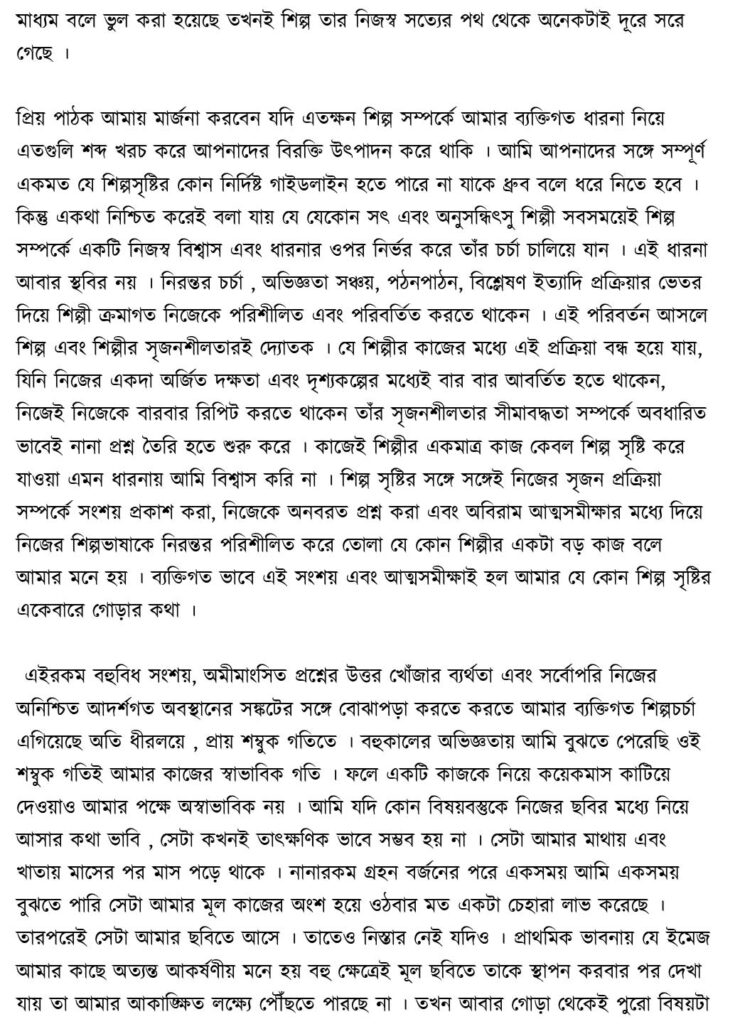
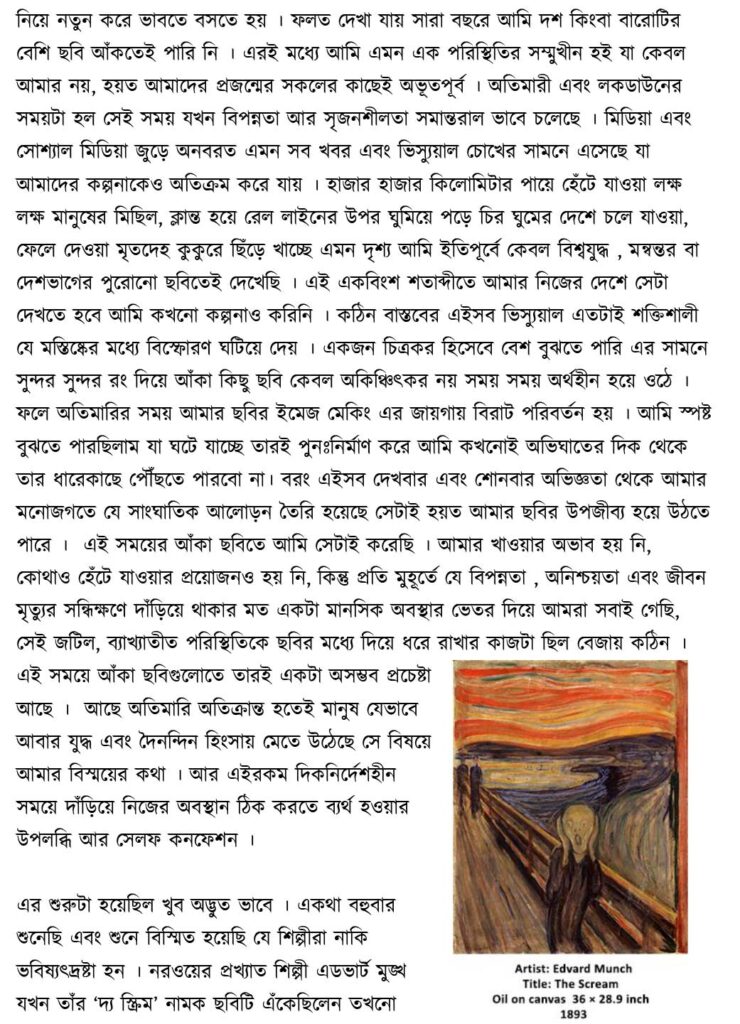
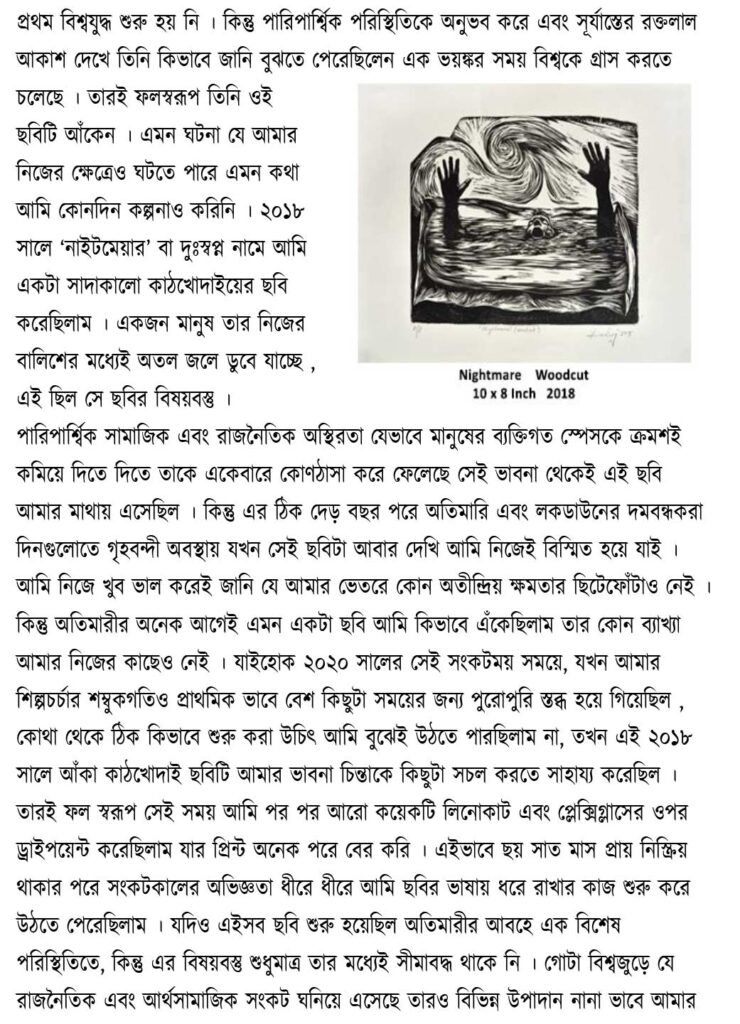
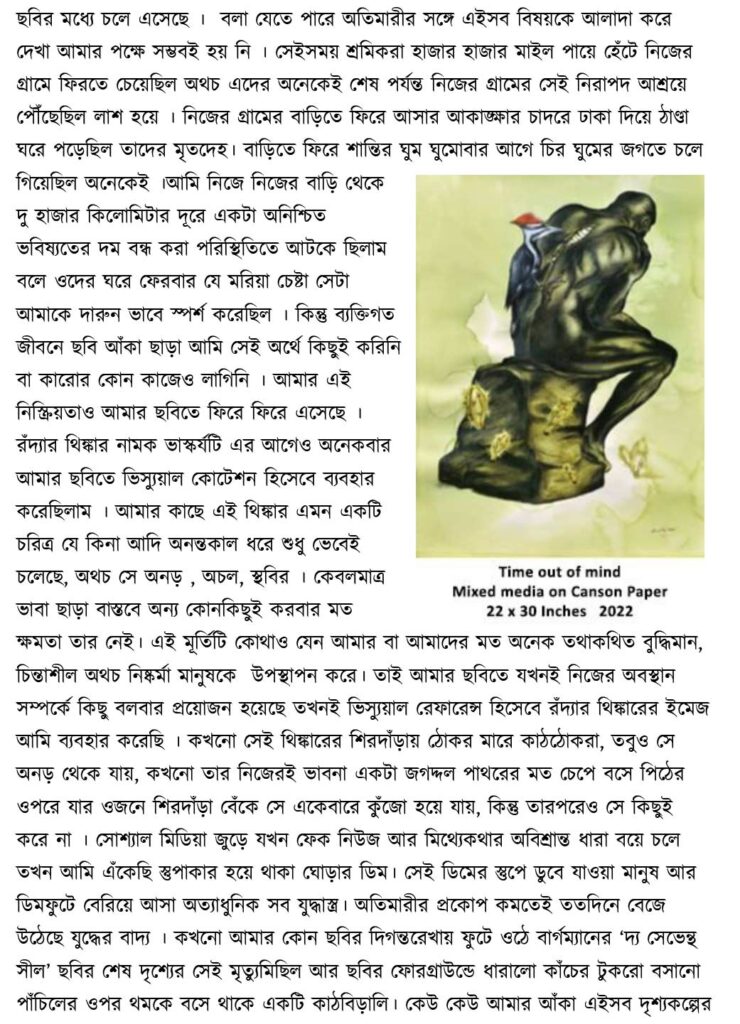
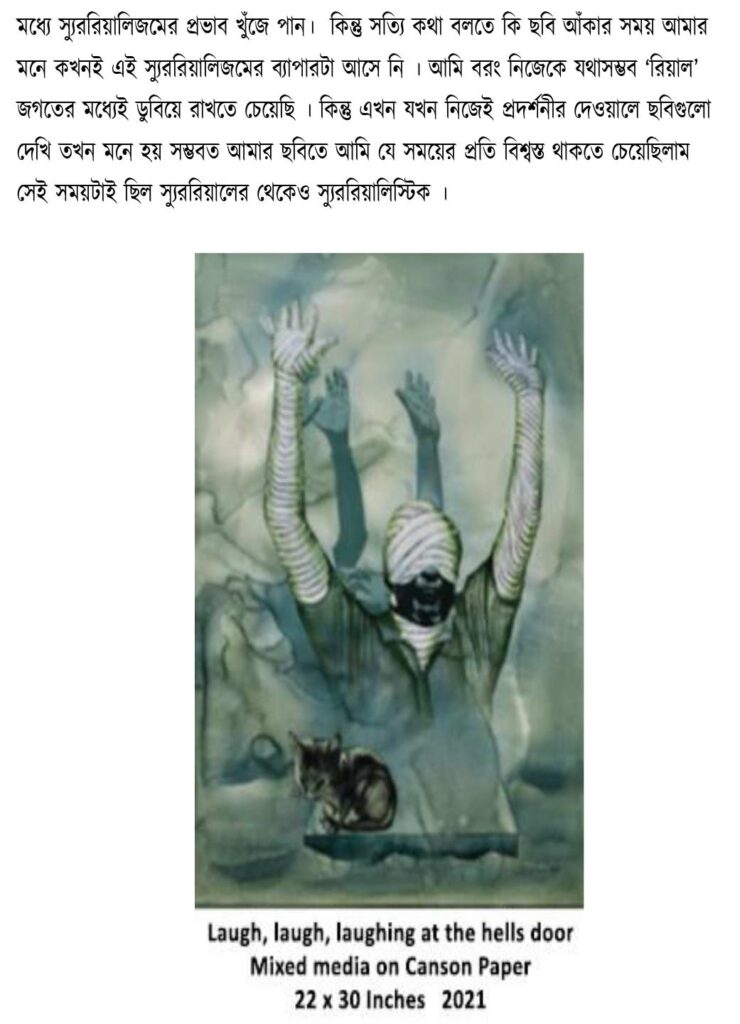
ART & ARTIST
TIME MACHINE TRAVELOGUE
Debraj Goswami
Translation: Dipannita Bhattacherya
Painting, to me, is like writing a daily diary, a very personal one where one can open his mind absolutely. Actually, painting is the only language I know to express my thoughts. And when I express, I often find that my thoughts cannot be limited to only black and white. There exist multiple shades of grey and numerous other colours. When I try to say something, I often lose track and face self-resistance. In spite of that, I feel expressive and politically correct when I can paint and use the various shades of grey. Without them it is not exactly me. Painting is my happy place where I can be absolutely myself without being judgemental or having to think of pleasing others; I can be carefree. Many a times my expressions through paintings may be bitter to others because I don’t always paint what I love. The theme of my paintings are mostly about my insecurities, doubts and failures and often about my inabilities to understand the present society. This is why my paintings are subject to immense self-criticism. In fact I do not know of any other appropriate means of self-questioning. One question may arise here; what is the need of exposing my personal thoughts and feelings into the public domain? Well, I need to do this for myself. Exactly how would the answers be helpful, is not known to me. Yet, I am looking for the answers mainly because as a painter, what I need to know in the end is myself.
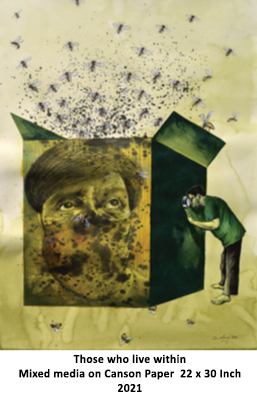
As a visual artist I feel it is really difficult to create an everlasting impact on people today as compared to the past. 50 years ago, even 25 years ago, people had not seen so many unknown or new forms of visual art. In those days we were dependent on our personal experiences, newspapers and a few magazines and television but today, in the era of internet and social media people come across thousands of visual art. So it is obvious that in today’s tsunami of visuals our memory fails to retain long term. The beauty and strength of a visual may not be that effective today and hence painting crows in the paddy field like Vincent van Gogh or a Guernica like Pablo Picasso is next to impossible. This is why many artists have left traditional ways and have come to the world of cameras and digital medium. Being impactful is a challenge for today’s artists however hard they try as they cannot control viewers’ eyes, thoughts and memory. You may have an obvious question; “Why does an artist need external validation when he is painting his personal or internal thoughts and beliefs?” With my thirty years of experience in the world of art, all I can say is that an artist is no alien. He is a human being and his art is just not creating objects of beauty without purpose. The beauty of the art is the artist’s reflection of his own philosophy and of his very being. Real art is the reflection of truth and it has its own set of responsibilities. True art also demands freedom.
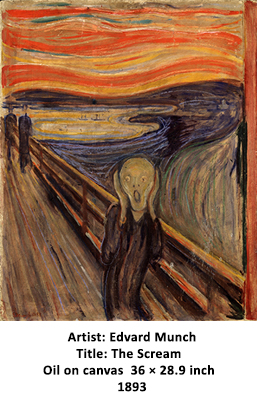
Dear readers, I apologise if I have bored you with my personal thoughts about art and artists. I know you too believe in the fact that art has no set rule, pattern and guideline. An artist has his own pattern and philosophies, based on which he evolves and matures through practise and experience. Yet he should not limit himself and must keep on exploring. An artist’s only job is not to create art but to evolve as an artist through self-questioning, self-doubt and self-criticism and then finally conquering them through learning, experience and practise. Self-evolution is the core to successful and true art.
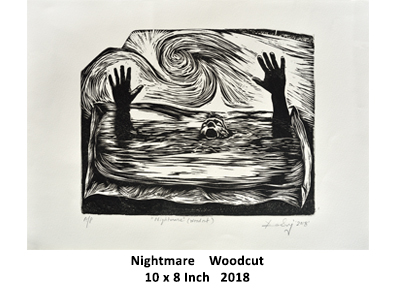
My personal art practice moves very slowly, almost at snail's pace, to come to terms with such self-doubts, the failure to find answers to unanswered questions, and above all the crisis of one's uncertain ideological position. After many years of experience I have realized that the snail speed is my normal speed of work. As a result, it is not unusual for me to spend several months on one painting. When I need a subject for my painting, it is never immediate. It takes months for me to frame the idea in my brain and then to produce that on to the pages of my sketchbook. Several rejections and then redeveloping the artwork become a part of my original work. There is no escape, though. Ideas which I find very attractive at first thought, in many cases, after producing it on the canvas I find that it could not reach its desired goal. Then again I need to rethink from the very beginning. As a result, I cannot create more than ten to twelve paintings in the whole year. Then all of our generation happened to face an unprecedented and unseen situation, the days of pandemic and lockdown. This period seemed to have passed most of us by, in an odd juxtapose of depression and creativity. The news and visuals during this period of lockdown were unimaginable; thousands of workers walking miles after miles and then lying on railway track to rest and a few finally rested forever. Undisposed dead bodies were being eaten by dogs; I had seen such visuals from old photographs of world war, famine and partition. Never did I imagine that such scenes can be seen in our country, that too in the twenty-first century. These visuals of the difficult present era are so strong and impactful that so called beautiful and colourful paintings often seem meaningless before them. Hence during this time, the language of my paintings changed. I knew representing the scenario through my painting might not even reach close to the truth but I had to express how strongly I was affected. During the lockdown, fortunately, I did not face scarcity of food and I did not have to walk for miles, yet I faced, like most others, depression, anxiety, uncertainty and days of fight between death and life. Expressing such complex thoughts and feelings would definitely be extremely challenging. I have tried to portray these expressions and tried to confess my aimlessness during tough times in my paintings during the pandemic times.
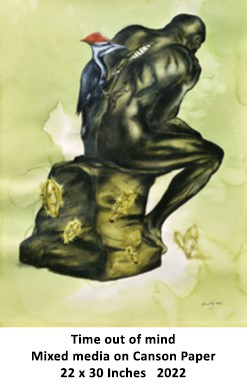
It all started very strangely. I have heard this many times that artists are visionaries and this surprises me. The First World War had not yet begun when Norway's famous artist Edvard Munch painted his 'The Scream'. Sensing his surroundings and seeing the blood red sky of the sunset, he realized that terrible time was about to engulf the world. I never imagined that this could happen to me. In 2018, I made a black and white lino cut image called ‘Nightmare’. The subject of the film was a man drowning in deep waters with his head on the pillow. This image came to my mind from the idea of how current social & political unrest is cornering people and devouring their personal spaces. But exactly a year and half later, in the suffocating days of pandemic and lockdown, when I looked at that picture again, I was amazed. I myself know very well that there is not even an iota of mysticism in me. However, I have no explanation about how I painted such a picture long before of the pandemic. During the difficult time of 2020, when making art had come to a complete halt for quite some time , I wasn't sure where to start but then this picture from 2018 helped me get my thoughts moving a little bit. As a result, I did a series of dry points on linocuts and plexiglass during that time. After about six or seven months of inactivity, I was finally able to gradually begin capturing the experiences of the crisis in my paintings. Although I began these paintings during the pandemic period, their content was not only limited to covid crisis but various elements of worldwide political and socio-economic crisis have also become the subject of my paintings in different ways. Even though I was shocked and shaken to the core I personally feel that I have done nothing except painting and been of no use to anyone. This frustration of not being able to help kept returning in my paintings. Many a times before I have used Auguste Rodin’s sculpture ‘The Thinker’ as a visual quotation in my pictures. To me, ‘the Thinker’ is a character who has been thinking for eternity, but is stubborn, immobile and stagnant. This sculpture is unable to do anything except thinking and somewhere represents the inert intelligent and intellectual thinkers like me. So I use ‘the Thinker’ as a visual reference in my paintings when I need to convey something about my position. Sometimes a woodpecker knocks on the Thinker's spine, yet he is unmoved, sometimes his own thoughts press him like a stone on his back, the weight of which bends him like a bow, still he does nothing. I painted a bundle of eggs as a result of relentless stream of fake news and lies sweep across social media. Humans drown in that pile of eggs and advanced war weapons hatch out of those eggs. As the outbreak of epidemic subsided, the drums of war started beating. Sometimes the death procession in the last scene of Bergman's film, 'The Seventh Seal', appears on the background of my painting and a squirrel sits bewildered on pieces of sharp glasses on a wall in the foreground. Some find influence of surrealism in my painted scenes. But to be honest, this surrealism never come to my mind while painting; rather, I want to immerse myself in reality as much as possible. But now when I myself look at the paintings displayed on the exhibition walls, it seems that perhaps the time period I wanted to have faith in, was more surrealistic than surreal.
